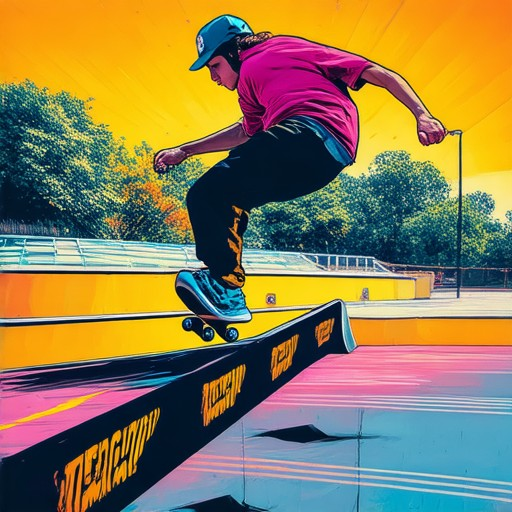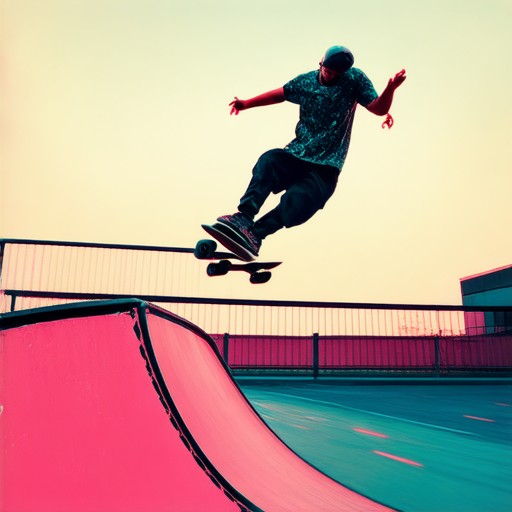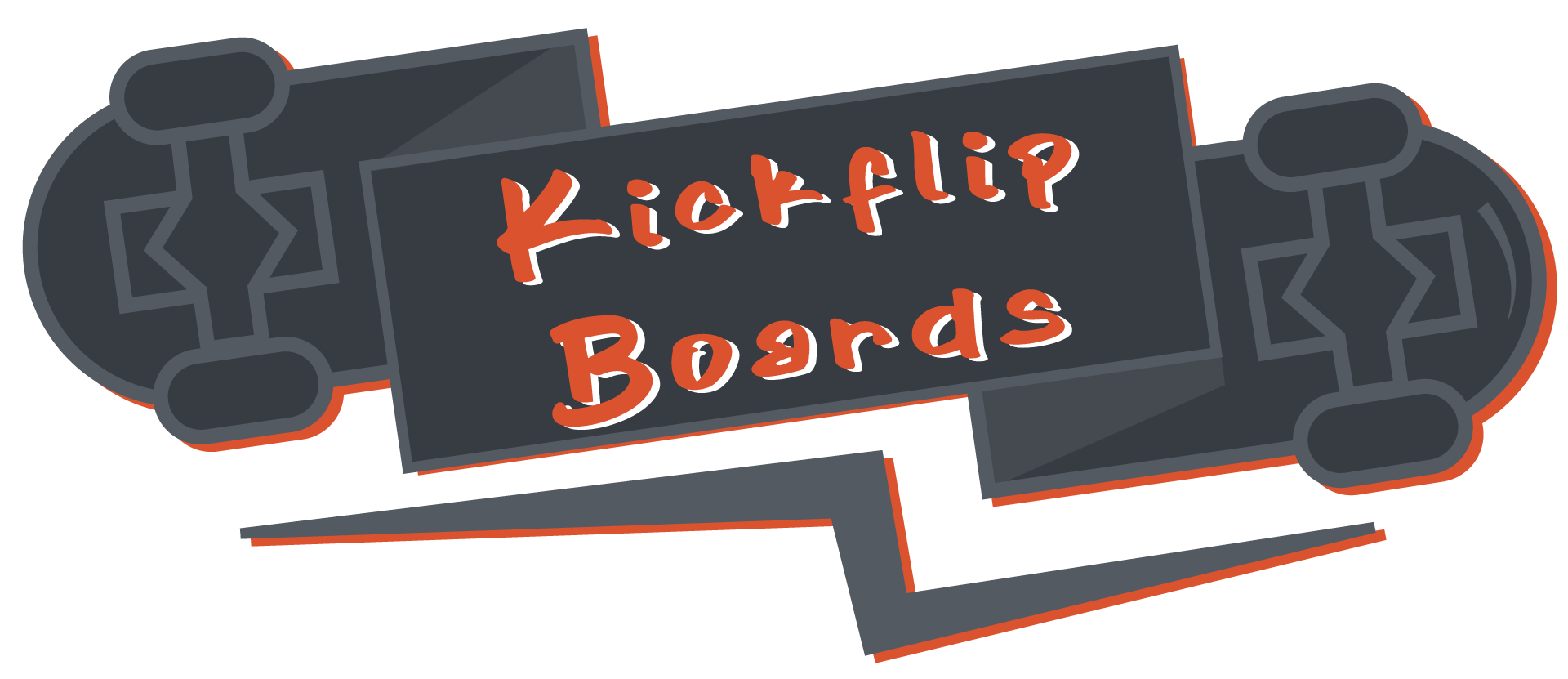Learning to skateboarding can be an exhilarating journey, but for beginners, it often feels overwhelming with the right setup and routine. Whether you’re looking to pick up the sport for the first time or refine your skills, establishing a consistent skateboarding routine for beginners is key to making steady progress. This guide will walk you through the essential steps to create a routine that works for you, covering everything from fundamental skills to mental preparation and fitness considerations. By following a structured approach, you’ll not only improve your technique but also build the confidence and stamina needed to enjoy the thrill of skateboarding. Let’s dive into how you can create a skateboarding routine that suits your level and keeps you motivated.
Key Takeaways
– Warm-Up: Start with a 5-10 minute warm-up to prepare your body and mind for skateboarding. Include light cardio, arm circles, and leg swings to get ready for movement.
– Basics: Master fundamental skills like your stance, ollie, and board control. Practice these on a flat surface before tackling transitions.
– Balance and Footwork: Focus on improving balance by standing still on the board and practicing precise foot placement. Try simple tricks like manuals and boardslides to enhance spatial awareness.
– Strength and Conditioning: Incorporate exercises like push-ups, squats, and planks to build strength and stability. Focus on your core and legs for improved power and endurance.
– Progression and Practice: Gradually introduce more challenging tricks and maneuvers. Dedicate time to riding on various terrains to boost adaptability and control.
– Resources: Explore guides, gear recommendations, and community insights at Kickflip Boards for further support and tips.

Creating a Skateboarding Routine for Beginners
Building a skateboarding routine for beginners requires a balanced approach that focuses on skill development, consistency, and safety. Below is a structured plan to help you get started:
- Frequency: Aim to skate 3 days a week. Consistency is key to building habits and improving quickly.
- Day 1 – Balance & Stability:
- Practice balancing on one foot for 30 seconds at a time.
- Work on stationary ollies and manual pushes to improve control.
- Try walking the rail or curb for better stability and awareness.
- Day 2 – Footwork & Mobility:
- Focus on quick feet exercises like ladder drills and gap ollies.
- Practice stair sets to improve climbing and descending techniques.
- Work on foot plants and pop mechanisms for smoother transitions.
- Day 3 – Pushing & Popping:
- Manual push practice to build strength and speed.
- Attempt kickflip and pop shove-it attempts to perfect your pop.
- Include board slides and boardslide combos for fun and progression.
Additional Tips for Success
- Warm-Up: Always start with a 5-minute dynamic stretching session to prepare your muscles and prevent injuries.
- Safety Gear: Wear a helmet, knee pads, and wrist guards to protect yourself during practice.
- Track Progress: Keep a journal or use a skating app to track your progress and set achievable goals.
- Nutrition & Recovery: Eat a balanced diet rich in protein and carbs, stay hydrated, and take rest days to allow your body to recover.
Remember to stay patient and have fun while learning. Watching tutorials from platforms like Kickflip Boards can provide valuable insights and tips to enhance your skills faster.
How to Start a Skateboarding Routine for Beginners
Starting a skateboarding routine can be an exciting journey, but it requires patience, consistency, and the right approach. Here’s a step-by-step guide to help you get started:
- 1. Gather Essential Gear
- A skateboard (preferably a cruiser or standard size)
- Skate shoes (sturdy and supportive)
- A helmet (mandatory for safety)
- Pads and guards (elbow, knee, and wrist protection)
- A backpack or bag for carrying essentials
- 2. Warm-Up Before Each Session
- Dynamic stretching (arm circles, leg swings, and torso twists)
- Yoga or light cardio to improve balance and flexibility
- Walk or jog in place to get your heart rate up
- 3. Learn the Basics
- Foot placement and weight distribution
- Pushing and popping tricks (like ollies and kickflips)
- Stopping and turning techniques
- 4. Practice Consistently
- Set aside 15-30 minutes daily for practice
- Choose a quiet, safe spot (like your driveway or a local park)
- Focus on form and progression rather than perfection
- 5. Watch Out for Common Mistakes
- Don’t overstride – keep your feet close to the board
- Stay balanced and centered over the board
- Avoid rushing – take your time learning each trick
- 6. Set Realistic Goals
- Start with simple goals like “land 5 ollies in a row”
- Gradually challenge yourself as you become more comfortable
- Celebrate every small victory to stay motivated
- 7. Cross-Train for Overall Fitness
- Include strength training exercises for core muscles
- Engage in activities like running or cycling
- Practice yoga or Pilates for flexibility and balance
- 8. Stay Safe and Respectful
- Wear protective gear at all times
- Be aware of your surroundings
- Respect other skateboarders and property rights
- 9. Find a Mentor or Join a Community
- Ask experienced skaters for tips and encouragement
- Join local skate parks or online forums
- Watch videos from pros to learn advanced techniques
- 10. Enjoy the Process
- Skateboarding is a passion and a lifestyle
- Take breaks when you’re tired
- Have fun exploring new tricks and spots
Visit Kickflip Boards for the best deals on skateboarding gear.
Staying limber is crucial for preventing injuries and improving your technique. Check out our warm-up routines for more ideas.
Mastering the fundamentals is key to building a solid foundation. Use our tutorial section to walk through each skill step-by-step.
Consistency is what will help you improve over time. Keep track of your progress by filming your sessions and reviewing the footage later.
Understanding common mistakes can save you from frustration. Read our guide to avoiding errors for more tips.
Breaking down your goals into manageable tasks makes the process less overwhelming. Share your progress with friends or online communities to stay inspired.
Skateboarding is a full-body activity, so strengthening your body is essential. Check out Skate Warehouse for cross-training equipment and workout plans.
Safety should always come first. Review our safety guidelines before hitting the streets.
Learning from others can accelerate your progress. Visit The Board Doctor for expert advice and troubleshooting.
Remember, skateboarding is about having fun. Don’t stress over mistakes – they’re part of the learning process. Keep shredding!

Creating a Skateboarding Routine for Beginners
Starting with skateboarding as a beginner can be both exciting and overwhelming. To help you get started, here’s a structured approach to building a consistent routine that will help you progress effectively.
- Daily Commitment : Dedicate 15-20 minutes each day to practice. This duration is enough to build momentum without causing fatigue. Consistency is key, so aim to stick to your routine, even if progress feels slow at times.
- Warm-Up and Flexibility : Before hitting the board, always begin with a dynamic warm-up. This helps prepare your muscles and reduces the risk of injury. Include balance exercises and gentle stretches to get your body ready for movement.
- Skill Development : Focus on mastering the fundamentals. Practice pushing the board correctly, and try stationary exercises to improve your balance. Gradually introduce stopping and turning techniques. Watch tutorials or seek advice from experienced skaters to refine your form.
- Progress Monitoring : Set achievable goals each week, such as mastering a specific trick or improving your stance. Tracking your progress keeps you motivated and helps you stay on target.
- Safety First : Equip yourself with essential safety gear, including helmets and knee pads. Research local skate parks that offer smooth surfaces to ensure a safer environment.
- Seek Mentorship : Engage with more experienced skaters for guidance. Their insights can accelerate your learning and provide valuable feedback on your technique.
- Consistency and Mindset : Maintain a positive attitude. Progress takes time, so practice calmly and stay focused. Consider incorporating mindfulness or breathing exercises to manage anxiety during your sessions.
- Nutrition and Health : Support your skating with a balanced diet rich in nutrients and adequate hydration. Incorporate light exercise or yoga for overall fitness and flexibility.
- Enjoyment and Environment : Make your practice sessions enjoyable by listening to music and rewarding yourself afterward. Choose safe, smooth locations to ensure comfort and safety.
- Avoid Burnout : Take necessary breaks to prevent burnout. Prioritize mastering foundational skills before moving on to more complex tricks. Avoid rushing and focus on gradual improvement.
For more resources, check out our glossary of skateboarding terms and our guide on selecting the perfect skateboard size . These tools will help you navigate the sport with confidence and ease.

What Should a Skateboarding Routine for Beginners Include?
- Warm-Up: Begin with a 5-10 minute warm-up to prepare your body and mind. Perform light cardio, arm circles, and leg swings to get your muscles ready for movement.
- Basics: Master the fundamentals like your stance, ollie, and board control. Practice these skills on a flat surface before moving to transitions.
- Balance and Footwork: Work on your balance by standing still on the board and practicing foot placement. Try simple tricks like manuals and boardslides to improve your spatial awareness.
- Strength and Conditioning: Incorporate exercises like push-ups, squats, and planks to build strength. Focus on your core and legs to enhance stability and power.
- Progression and Practice: Gradually introduce more complex tricks and maneuvers. Dedicate time to riding the board in different terrains to improve adaptability and control.
For more tips and resources, visit Kickflip Boards to explore guides, gear recommendations, and community insights tailored for skateboarders of all levels.
What Should a Skateboarding Routine for Beginners Include?
- Warm-Up: Begin with a 5-10 minute warm-up to prepare your body and mind. Perform light cardio, arm circles, and leg swings to get your muscles ready for movement.
- Basics: Master the fundamentals like your stance, ollie, and board control. Practice these skills on a flat surface before moving to transitions.
- Balance and Footwork: Work on your balance by standing still on the board and practicing foot placement. Try simple tricks like manuals and boardslides to improve your spatial awareness.
- Strength and Conditioning: Incorporate exercises like push-ups, squats, and planks to build strength. Focus on your core and legs to enhance stability and power.
- Progression and Practice: Gradually introduce more complex tricks and maneuvers. Dedicate time to riding the board in different terrains to improve adaptability and control.
For more tips and resources, visit Kickflip Boards to explore guides, gear recommendations, and community insights tailored for skateboarders of all levels.

What Should a Skateboarding Routine for Beginners Include?
Kickflip Boards recommends the following comprehensive skateboarding routine for beginners to help you progress smoothly and safely:
- Warm-Up (10-15 minutes)
- Dynamic stretching focusing on the legs, arms, and lower back.
- Leg swings and calf stretches to improve mobility.
- Balance exercises like single-leg stands or heel-to-toe walks.
- Basics (20-30 minutes)
- Stance and Balance: Practice your stance on flat ground and transition. Use our guide to perfect your stance .
- Ollies: Start with the basic pop-shove-it ollie and gradually move to kickflips. Check out our ollie guide for tips.
- Grind Basics: Learn how to approach and grind on rails and ledges. Use this guide for better grip and control.
- Manual Tricks: Master the manual by practicing poppers and smith grinds. Refer to our manual trick guide .
- Balance and Coordination (15-20 minutes)
- Foot placement and weight distribution practice on various surfaces.
- Wobble board or balance beam exercises to improve stability.
- Practice combining moves like ollies with manual tricks for better flow.
- Strength Training (20-30 minutes)
- Squats: Strengthen your legs and core with bodyweight squats.
- Push-Ups: Build upper body strength and endurance.
- Plank Holds: Improve core stability and strength.
- Core Exercises: Add bicycle crunches and Russian twists for better mid-section strength.
- Conclusion
Consistency is key! Keep practicing, watch our video tutorials , and join our community forum for support and tips!




0 Comments